The Chrysina group at the Institute of Chemical Biology (ICB), NHRF envisages to be a point of reference for Integrative Structural Biology in South-east Europe and the Mediterranean area welcoming young scientists, collaborators and users of Instruct-EL hub, who wish to explore the “three-dimensional space”, whether they have prior knowledge in the field of structural biology or not. Instruct-EL hub, is one of the core nodes of the national distributed research infrastructure on structural biology Inspired-RIs, which is coordinated by ED Chrysina and NHRF.
 More information on Inspired-RIs and the services provided are available at https://www.inspired-ris.gr, https://inspired-ris.catalogue.athenarc.gr
More information on Inspired-RIs and the services provided are available at https://www.inspired-ris.gr, https://inspired-ris.catalogue.athenarc.gr


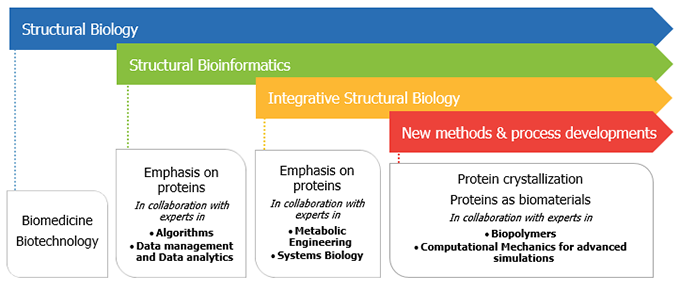
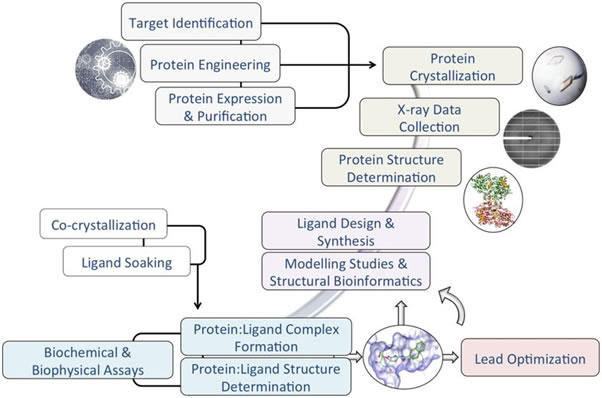
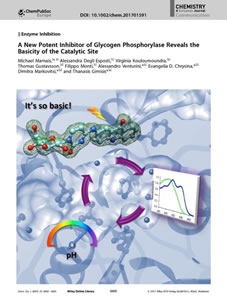
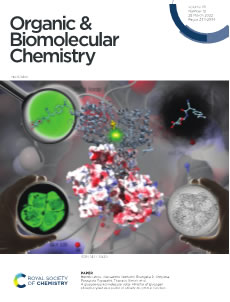
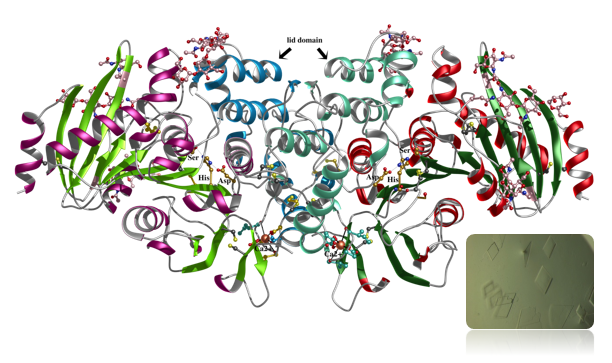
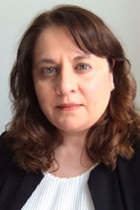






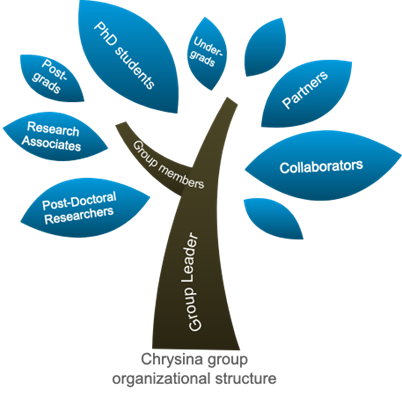
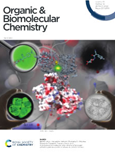
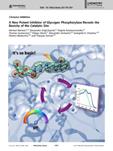
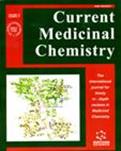
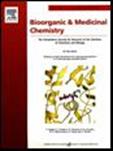
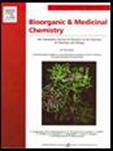
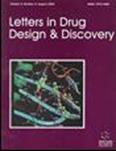
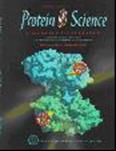
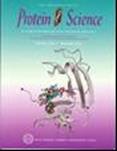
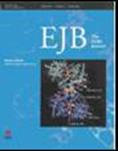
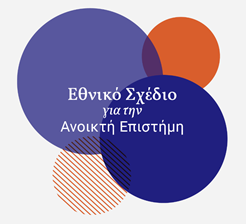 Athanasiou, S., Amiridis, V., Gaviilidou, M., Gerasopoulos, E., Dimopoulos, A., Kaklamani, G., Karagiannis, F., Klampanos, I., Kondili, D., Koumantaros, K., Konstantopoulos, P., Lenaki, K., Likiardopoulos, A., Manola, N., Mitrooulou, D., Benardou, A., Boukos, N., Nousias, A., Ntaountaki, M., Oikouta, S., Ollandezou, L, Papadopoulou, E., Papastamatiou, I., Piperidis, S., Speyer, O., Tsiavos, P., Chrysina, E., Psomopoulos, F. (2020)
Athanasiou, S., Amiridis, V., Gaviilidou, M., Gerasopoulos, E., Dimopoulos, A., Kaklamani, G., Karagiannis, F., Klampanos, I., Kondili, D., Koumantaros, K., Konstantopoulos, P., Lenaki, K., Likiardopoulos, A., Manola, N., Mitrooulou, D., Benardou, A., Boukos, N., Nousias, A., Ntaountaki, M., Oikouta, S., Ollandezou, L, Papadopoulou, E., Papastamatiou, I., Piperidis, S., Speyer, O., Tsiavos, P., Chrysina, E., Psomopoulos, F. (2020) 